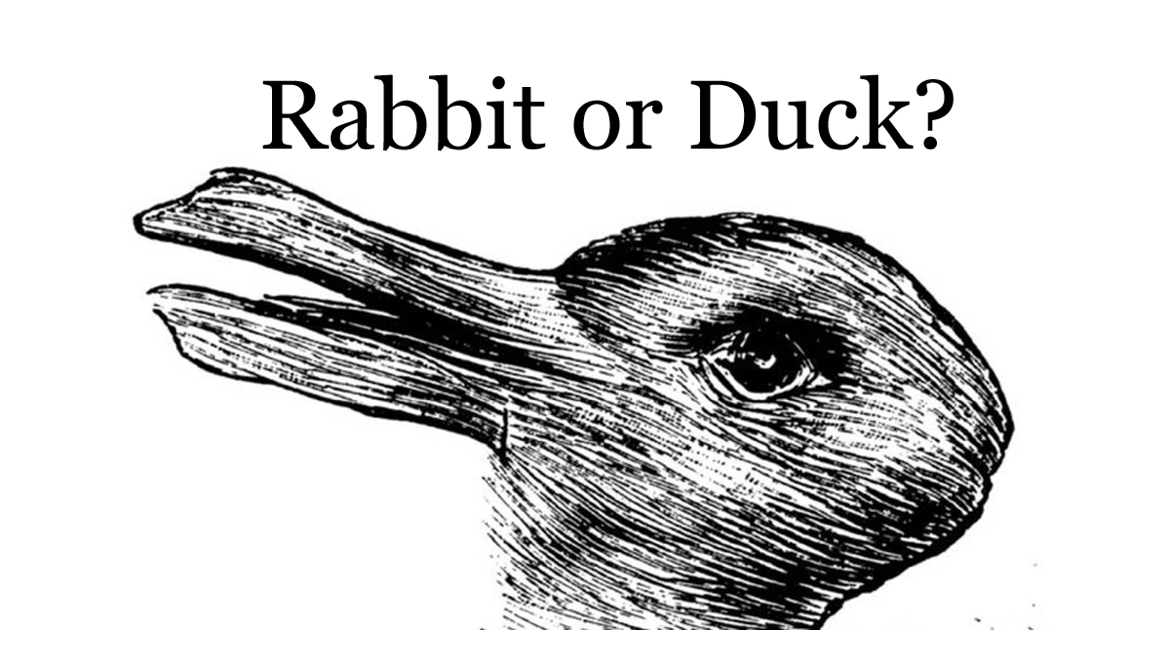Visual Perception
Visual perceptual testing is a set of standardized tests used to evaluate a person’s ability to process visual information. This helps to understand vision’s impact in learning related challenges such as learning new words, reading and/or math difficulties. Below are the various aspects of vision that may be evaluated. Because vision is a learned skill, we can train and improve the accuracy and efficiency of visual perception through a program of vision therapy.
The following areas may be assessed:
- Visualization – the ability to form mental image and the ability to manipulate details in one’s mind. Important in reading comprehension and math.
- Visual–Motor Integration – evaluates the ability to match motor output with visual input. Crucial for handwriting accuracy and efficiency.
- Visual Sequential Memory – the ability to remember objects or words in the sequence they appear. Deficit in this area may result in misreading words such as ‘saw’ and ‘was.’
- Spatial Orientation – required in understanding and recognizing the direction of objects. Deficit in this area lead to letter (b, d, p, q) and number (6 vs. 9) reversals.
- Spatial relations – the ability to perceive the position of two or more objects in relation to each other and in relation to oneself. An important skill in problem-solving, high-level math, and proper spacing between words when writing a sentence.
- Visual Discrimination – the ability to differentiate between two similar looking objects, shapes or words such as ‘horse’ and ‘house.’
- Visual Closure – ability to visualize a complete whole when given incomplete information or a partial picture. Important skill in speed-reading and math.
Images such as those below are examples where we use our visual perception to be able to see the photos differently. They require interpretation by our brain NOT just the images from the eyes.



